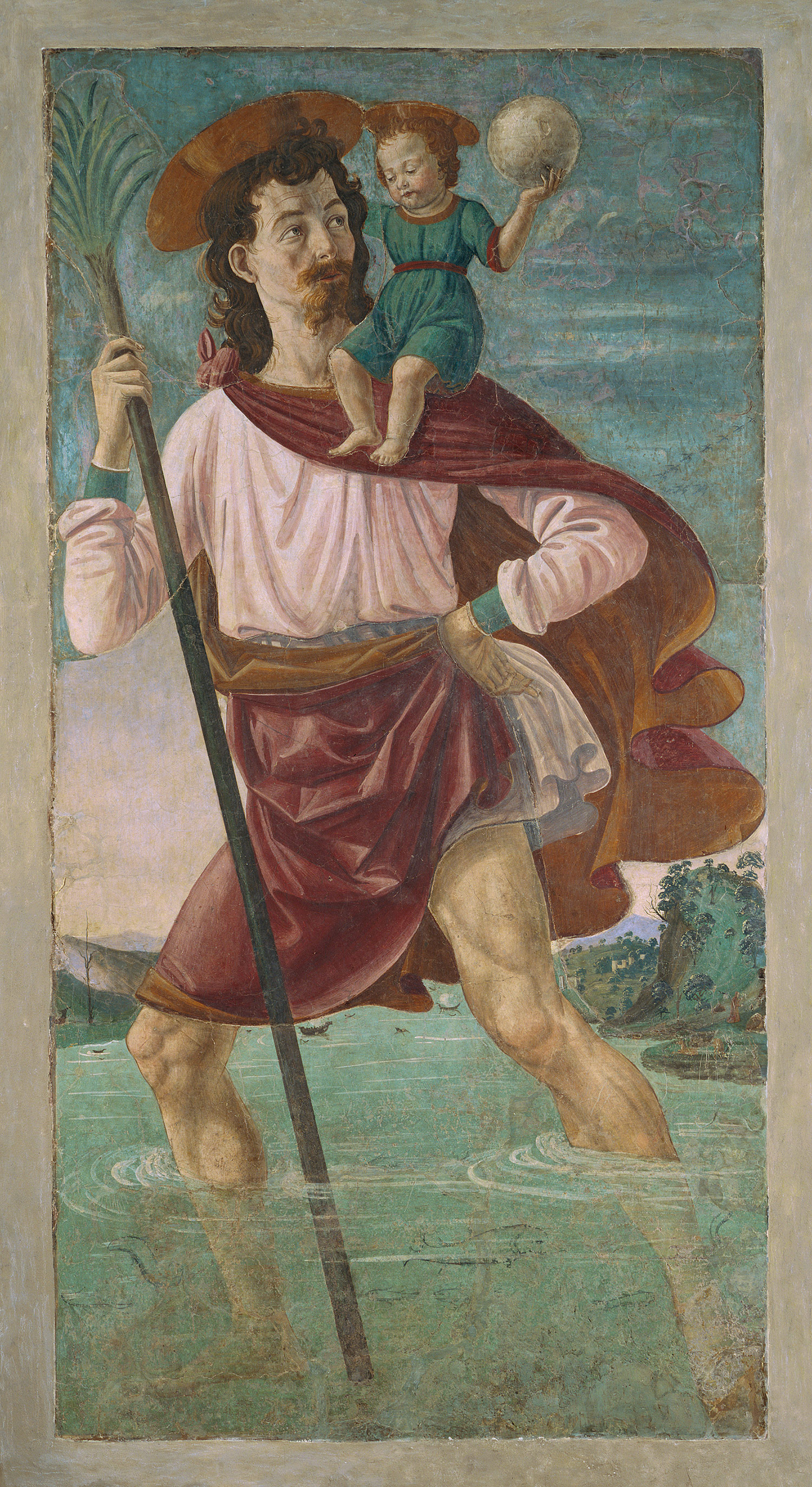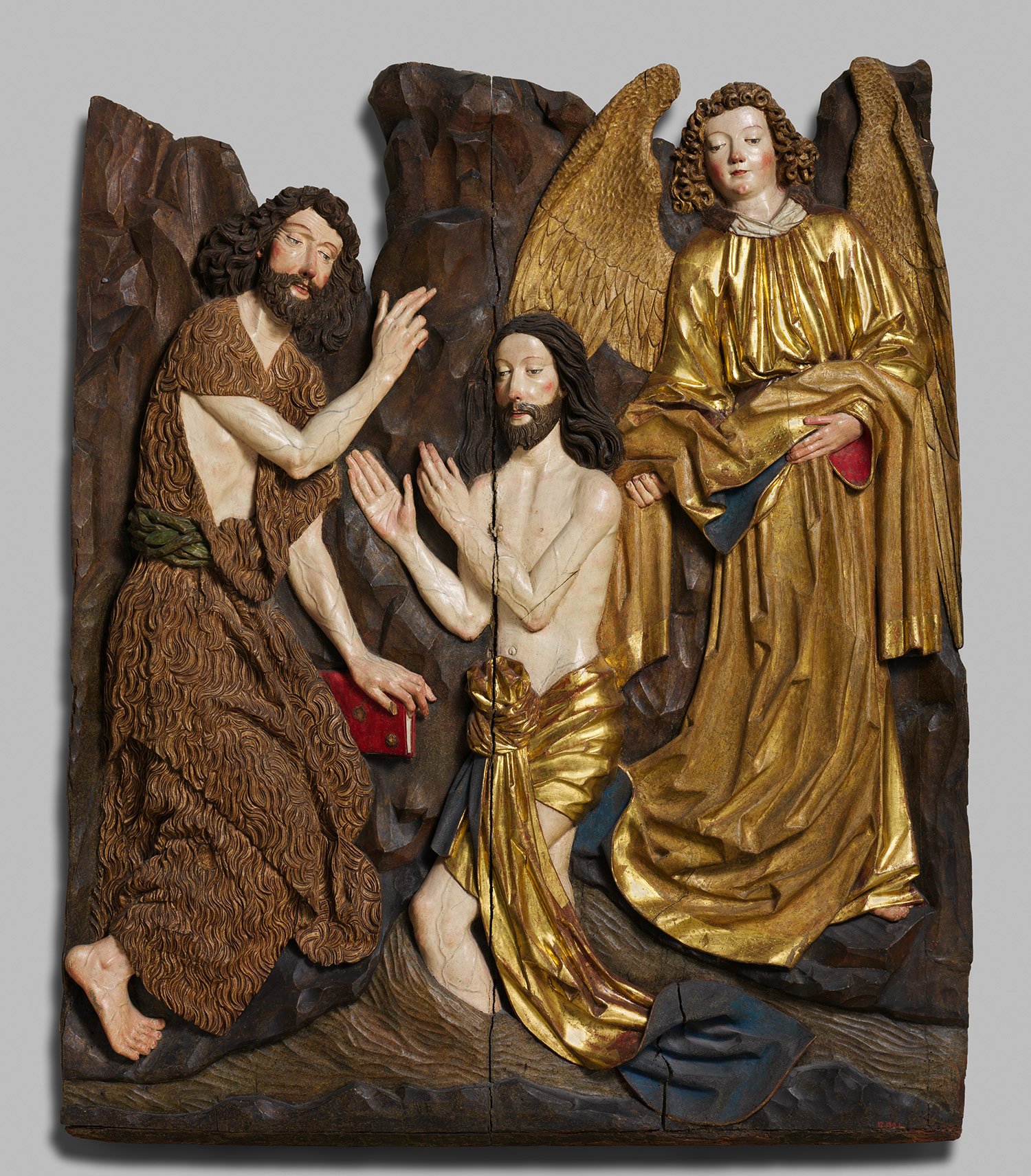Analysis of Ways of Seeing
In four groundbreaking episodes, John Berger’s Ways of Seeing traversed several centuries of European painting history in an attempt to challenge the traditional conceptions of artistic meaning, expression, and value. While the majority of the episodes focus on detailed Renaissance-era paintings, Berger’s ideas are hardly archaic. He challenges the common notion that art is inherently valuable regardless of when, or how, it is viewed. Berger asserts that while art can portray numerous ideas and meanings, ultimately, it has lost its original intended meaning. The greatest cause of this reduction in artistic meaning is a seemingly unlikely culprit, the camera.
While used for a plethora of purposes, many of which carry artistic implications of their own, the camera ultimately has a greater affect on the art that came before it, than the art that has come after it. The ability of the camera to instantly copy an image, mass produce it, and transport it around the globe in a matter of seconds has, in Berger’s view, degraded the beauty, meaning, and value of said images. As technology continues to progress, the process of artistic replication increases in scale, and does so at a more rapid pace. Television, a direct offspring of the camera, now allows millions of people to view the same image at exactly the same time. This happens regardless of their physical proximity to the other viewers, and to the original image itself. The benefits of such technology are obvious; increased knowledge, awareness of certain events, and the ability of people around the world to share their common interest in art. But the reproduction of artistic works has one detrimental effect. Artwork, especially Renaissance paintings, is created with specific attention towards the manner, and the physical location, in which it will be viewed. To exemplify this, Berger demonstrates how the iconoclastic paintings inside of religious temples acted as a way of recording the “memory” of the building. These paintings could only be viewed within the context of the sacred building in which they were displayed. This added a certain reverent connotation to each painting, and they became a respected, even integral, part of the religious experience.
There was a point in history, when the entirety of Vincent van Gogh’s artwork could be viewed in only one location. Now, getting your hands on a copy of Starry Night, or any of van Gogh’s lesser-known work, is only a click away. It can be purchased at countless museums, seen on television, or viewed online whenever a consumer desires. Of course, there still remains only one original painting, but replications of this famous piece are readily available in a variety of formats, textures, and locations. This means that what is arguably the most famous painting in the world is rarely viewed by two people in an identical context. This, Berger laments, is because “perspective centers everything on the eyes of the beholder”.
Until relatively recently, human perspective has always been limited to what the eye could view at a single moment in time. With the advent of cameras, television, and video, humans can now see, view, and hear things that took place at a different time. Perspective is no longer confined to time. Paintings are no longer confined to a single physical location. This causes distortion in the perspective of the viewer. Now seen in a new context, perhaps accompanied in a book by text and advertisements, paintings carry a different meaning. They have been distorted by their surroundings. Sometimes this amplifies certain aspects of the painting, but often it nullifies its original message.
Berger is not solely obsessed with the concept of art reproduction. His insight into artistic perspective branch off from the general to the very specific. He delves into complex discussions of specific aspects of Renaissance oil paintings. He continues his discussion of perspective, by introducing nude paintings as an example of how perspective is often deceiving. Initially, paintings of females in the nude appear to be pictures of women in their most natural form. But Berger argues that nudity itself is another mask beneath which humans can hide. He asserts that being nude is “to be seen naked by others and yet not recognized by oneself”. Nude artwork revealed a male dominated culture in which women’s sexuality was pacified so that the sexuality of the male viewer would appear larger in contrast. Nude artwork demonstrated the sexual structure of European society, and juxtaposed the supposed innocence of being naked with the true intentions of the painters, which were often selfish and sexual.
Ultimately, Berger finds that even the expert commentaries of art historians can muddle the meaning of a work. This affects the ability of the viewer to appreciate the work in his own context. The context of the critic is forced upon the viewer. The viewer’s thoughts and emotions are cancelled out by the perspective of the critic. Berger found that even young children are able to recognize complex details in a painting, and the aid of a trained art historian is unnecessary. But still, this same critic can lend valuable insight towards a painting. Information about the painter’s lifestyle, income, sexuality, childhood, and death can all enhance a viewer’s appreciation of art. Berger is not blind to these benefits. He admits an ambivalent stance towards the way perspective is being radically changed by new technology. He best summarizes this view when he observes that, “the camera, by making a work of art transmittable, has multiplied its possible meanings, and destroyed its unique original meaning. Have works of arts gained anything from this? They have both lost and gained”.







